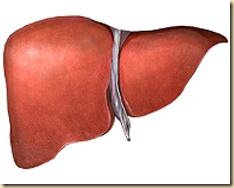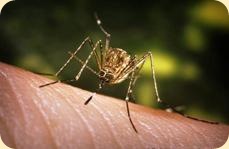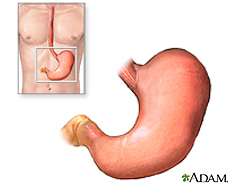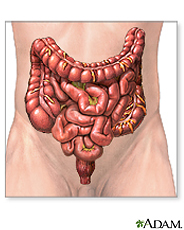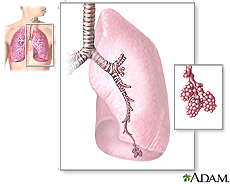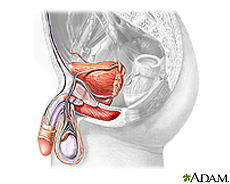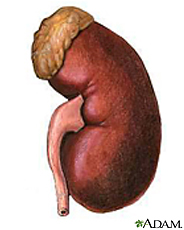What is the A (H1N1) influenza?
It is a respiratory disease of pigs caused by type A strains of the influenza virus. It regularly causes high flu outbreaks in pigs but with low death rates. There are four main sub-types of the virus, but the most recent isolated influenza viruses from pigs have been H1N1 viruses.
How does it spread?
Influenza A (H1N1) viruses do not typically infect humans though they do occur through close proximity or contact with infected pigs or contaminated areas. Cases of human-to-human spread have been documented.
What are the symptoms?
The symptoms are similar to those of regular flu:
- Fever
- Lethargy
- Runny nose
- Cough
- Sore throat
- Lack of appetite
- Vomiting and diarrhoea in some cases.
How common is the A (H1N1) flu infection in humans?
In the past reports of about one human A(H1N1) flu virus infection had been received every one to two years in the United States. From December 2005 till February 2009, 12 cases have been reported.
Has this strain of flu been seen before?
No. Flu mutates constantly, so it is common for new strains to emerge. Pigs can also be infected with both human and avian influenza, and the current circulating A (H1N1) flu strain appears to contain genetic elements from all three.
Can the A (H1N1) flu be treated with antiviral drugs and flu vaccine?
The A (H1N1) flu is resistant to two common drugs – Amantadine and Rimantadine. The A (H1N1) flu viruses are very different from human H1N1 viruses. Therefore, vaccines for human seasonal flu would not provide protection. However, a “seed vaccine” has been specifically tailored to this swine flu and will be manufactured if officials deem it necessary.
Can people catch A (H1N1) flu by eating pork?
No. The A (H1N1) influenza viruses are not transmitted by food. Eating properly handled and cooked pork and pork products is safe. Cooking pork to an internal temperature of 70ºC and above kills the swine flu virus.
How long is someone with the A (H1N1) flu considered contagious?
People with the A (H1N1) influenza virus infection should be considered potentially contagious as long as they are symptomatic; possibly for up to seven days following the onset of the illness. Children, especially younger children, might potentially be contagious for longer periods.
What can I do to protect myself from the A (H1N1) flu?
There is no vaccine available right now to protect against the A (H1N1) flu.
However, you can help prevent the spread of germs that cause respiratory illnesses like influenza by:
- Covering your nose and mouth with a disposable tissue or handkerchief when you cough or sneeze. Throw the tissue in the waste basket after you use it.
- Wash your hands often with soap and water, especially after you cough or sneeze. Alcohol-based hand cleaners are also helpful
- Try to avoid close contact with sick people. - If you get sick with influenza, stay at home and limit contact with others to keep from infecting them.
- Avoid touching your eyes, nose or mouth.
- Consult your nearest healthcare facility if you think you have any of the symptoms.
What precautions are in place in Malaysia?
- The Health Ministry’s operations room in Putrajaya has started a 24-hour monitoring of the situation. The public can call 03-8881 0200/300 for enquiries.
- Those returning from Latin American countries and found to have flu-like symptoms will be quarantined.
- Health Ministry officials are conducting health screenings on passengers arriving from the United States.
- Thermal scanners will be placed at international airports to speed up the screening process for A (H1N1) flu.
- Public and private medical practitioners have been instructed to report to the district health office any patient with influenza-like illnesses or severe pneumonia symptoms and who had travelled to the affected countries after April 17.
- Travel Advisory from the foreign ministry
Where can I get more information?
For more information, go to the Health Ministry (www.moh.gov.my) or call the Ministry's hotline at (03) 8881-0200/300.
